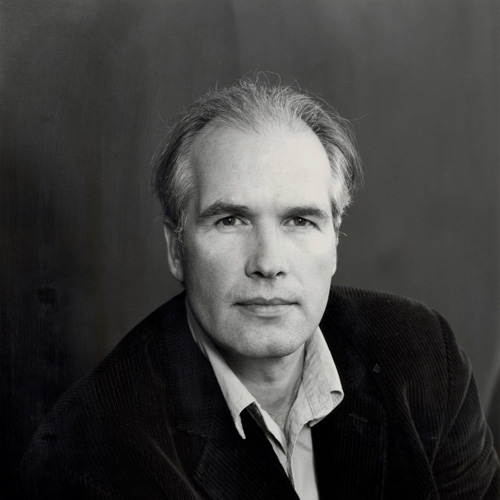Voxpop
Jonathan Ive has blamed the rise of rapid prototyping for distancing designers from the physical process of design and creating ‘a lot of lousy design’. What’s your view, and why?

Jonathan Ive is right, but only if you work where rapid prototyping is commonplace and gets used willy-nilly. At Factory Design, we have a workshop we consider part of the studio, in that we expect it to be used to help a design take shape. Physically engaging with a variety of materials will always be more illuminating about the evolution of a design than the perfunctory validation of computer-aided design data.
Adam White, Director, Factory Design

To guarantee a lousy design solution, I would mix up these ingredients: emphasis on design rather than designing; limited research/empathy/insight/vision; no meaningful criteria for evaluating decisions; relying on inexperienced designers; an imbalance between value creation and cost; shrinking design budgets; poor communication links across the development partners; development in isolation from users/socially important issues; and design thinking applied downstream rather than strategically from the top. You might notice that egos – and rapid prototyping – don’t appear on this list.
Jonathan Butters, Principal activist, Butters Innovation

I agree wholeheartedly. But it’s not just rapid prototyping that is to blame for a general loss of the ‘craft’ which, I believe, creates the intimate connection between process and outcome which Jonathan Ive refers to. Another example is the ever-more sophisticated, capable (and crucially faster) computer-aided design applications which have eroded the equally sophisticated cognitive discussion that the craft of drawing enables. Sometimes, as a consequence, many modern products seem competent but ‘samey’ and somehow soulless.
Dick Powell, Founder, Seymour Powell

Knowledge of materials and processes is vital to the designer. Just as the first ‘paintbox’ software enabled poor graphic design to look presentable, rapid prototyping technology provides a shortcut for realisation, not design. At our studio, we have brought together computer-aided design, RP technology and other digital manufacturing processes with traditional workshop space, to give designers freedom to model, prototype and realise ideas in whatever manner they choose.
Matthew Lewis, Centre manager, Metropolitan Works
-
Post a comment




